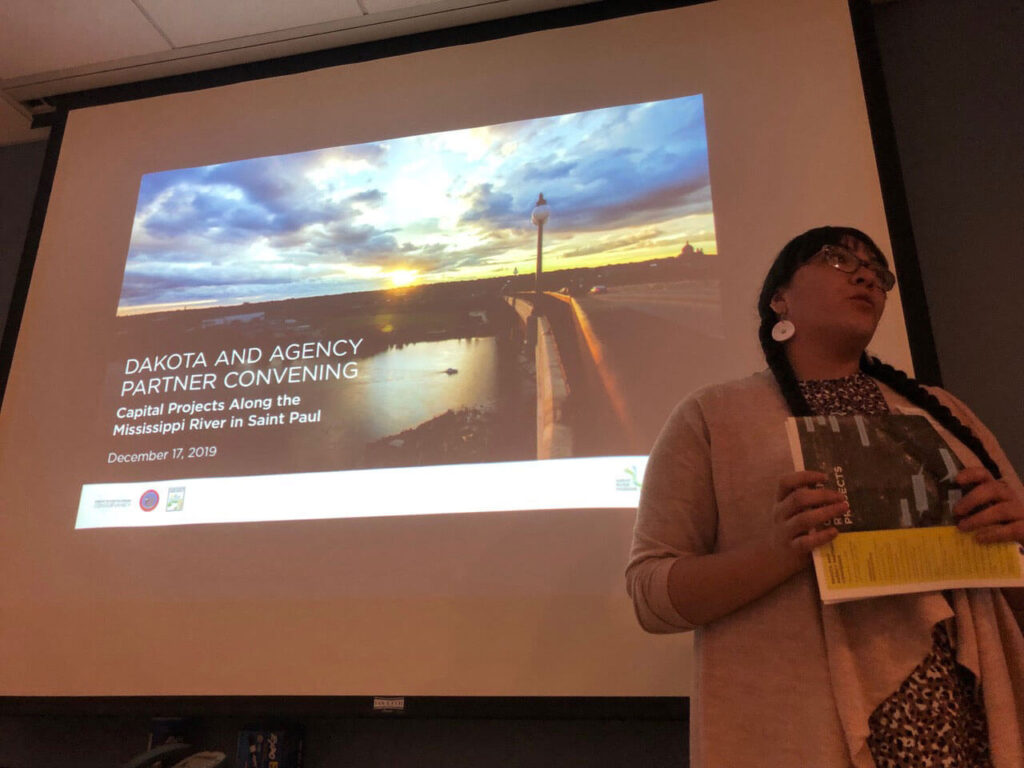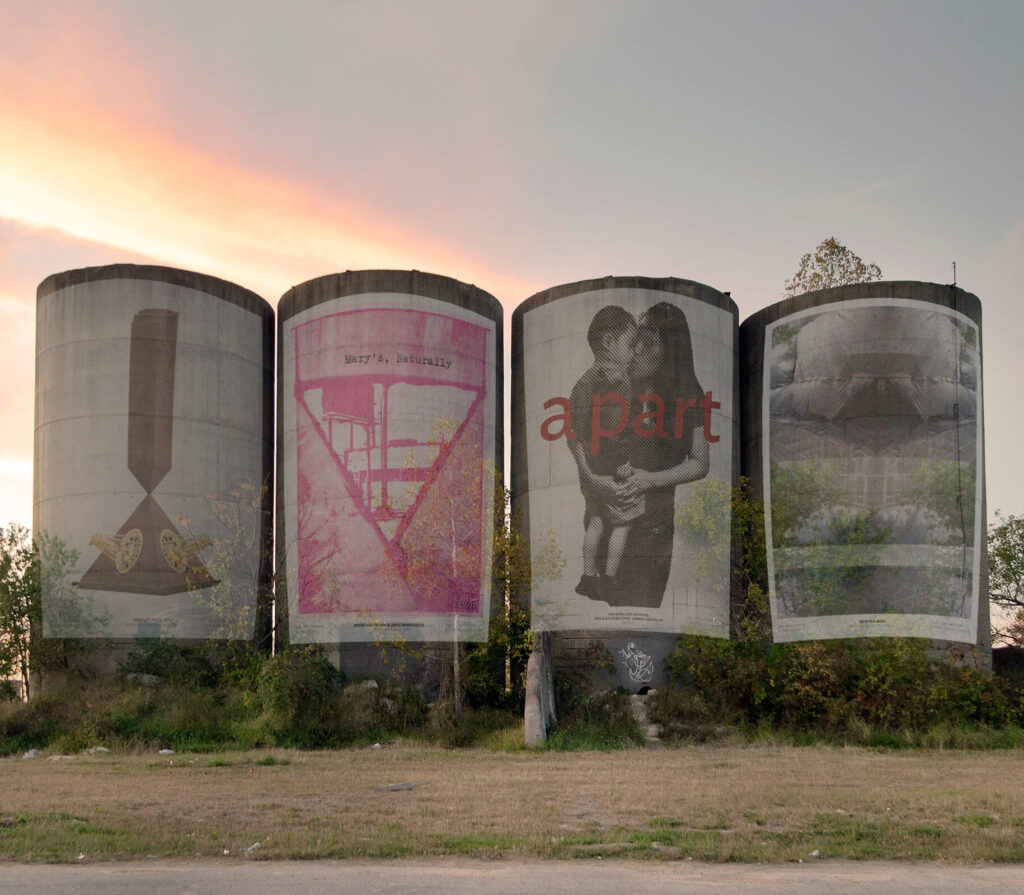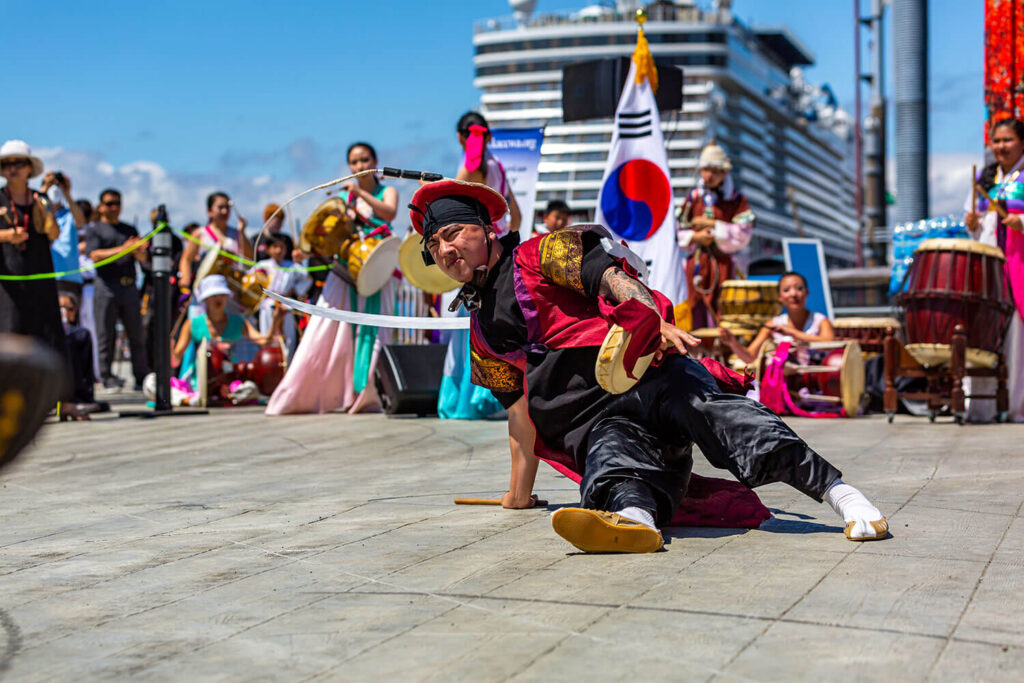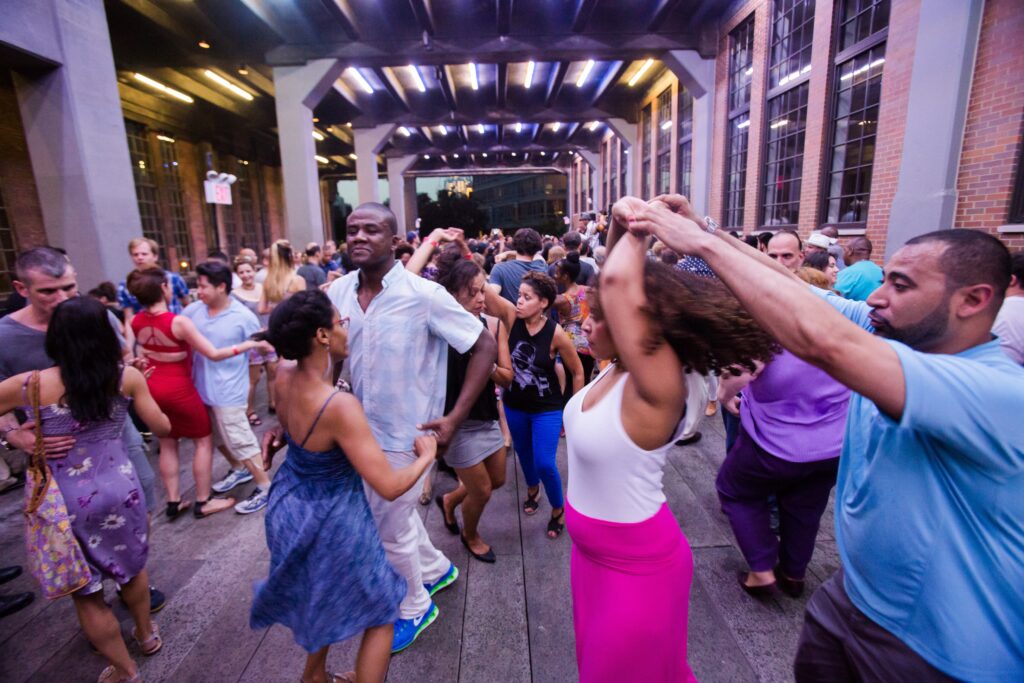Would you like to showcase your own work to embed equity in your infrastructure reuse project?
Partnering for Success

Great River Passage Conservancy invested in a process that ensures inclusion of the Dakota people's voices. Credit: Great River Passage Conservancy/Lower Phalen Creek Project and Prairie Island Indian Community.
The 17 miles of the Mississippi River flowing through St. Paul, Minnesota, are part of the larger Dakota Homeland, and include several sites of spiritual and cultural significance to the Dakota people. As the Great River Passage Conservancy (GRPC) develops three capital projects to revitalize the river and bring it back to the center of public life, they recognize that this heritage is inextricably tied to all past, current, and future projects on this land. Developing and designing projects to honor the sacredness of these sites requires building trust and sharing power in new ways.
Minnesota’s Indian Affairs Council often acts as a liaison between government and American Indian tribes across the state, but with so many development projects underway, tribes often lack both capacity and expertise to engage actively in design processes. GRPC set out four years ago to ensure local tribe voices were heard, and their input was integrated into the revitalization project at all stages.
The result? Today, three out of 11 GRPC Board members are local tribal representatives. GRPC mandated that the project designer incorporate Dakota voices in their work, and they raised funds to pay for a consultant to facilitate that process. Full Circle Indigenous Planning bridges the gap between the designers and tribal populations and makes sure the concerns and needs of local tribes are heard.
In the past, engagement between the City of St. Paul and its tribal populations has been piecemeal, straining the time and capacity of both tribal and agency/nonprofit staff, not to mention missed opportunities for connection and communication. The GRPC hopes their partnership with the Dakota tribe will set a new standard of long-term engagement and collaboration.
Project Org
Great River Passage ConservancyRelated Toolkit Section
Prepare InternallyRelated Tool
CHECK WHO’S INCLUDEDThe 17 miles of the Mississippi River flowing through St. Paul, Minnesota, are part of the larger Dakota Homeland, and include several sites of spiritual and cultural significance to the Dakota people. As the Great River Passage Conservancy (GRPC) develops three capital projects to revitalize the river and bring it back to the center of public life, they recognize that this heritage is inextricably tied to all past, current, and future projects on this land. Developing and designing projects to honor the sacredness of these sites requires building trust and sharing power in new ways.
Minnesota’s Indian Affairs Council often acts as a liaison between government and American Indian tribes across the state, but with so many development projects underway, tribes often lack both capacity and expertise to engage actively in design processes. GRPC set out four years ago to ensure local tribe voices were heard, and their input was integrated into the revitalization project at all stages.
The result? Today, three out of 11 GRPC Board members are local tribal representatives. GRPC mandated that the project designer incorporate Dakota voices in their work, and they raised funds to pay for a consultant to facilitate that process. Full Circle Indigenous Planning bridges the gap between the designers and tribal populations and makes sure the concerns and needs of local tribes are heard.
In the past, engagement between the City of St. Paul and its tribal populations has been piecemeal, straining the time and capacity of both tribal and agency/nonprofit staff, not to mention missed opportunities for connection and communication. The GRPC hopes their partnership with the Dakota tribe will set a new standard of long-term engagement and collaboration.
Share this Case Study


